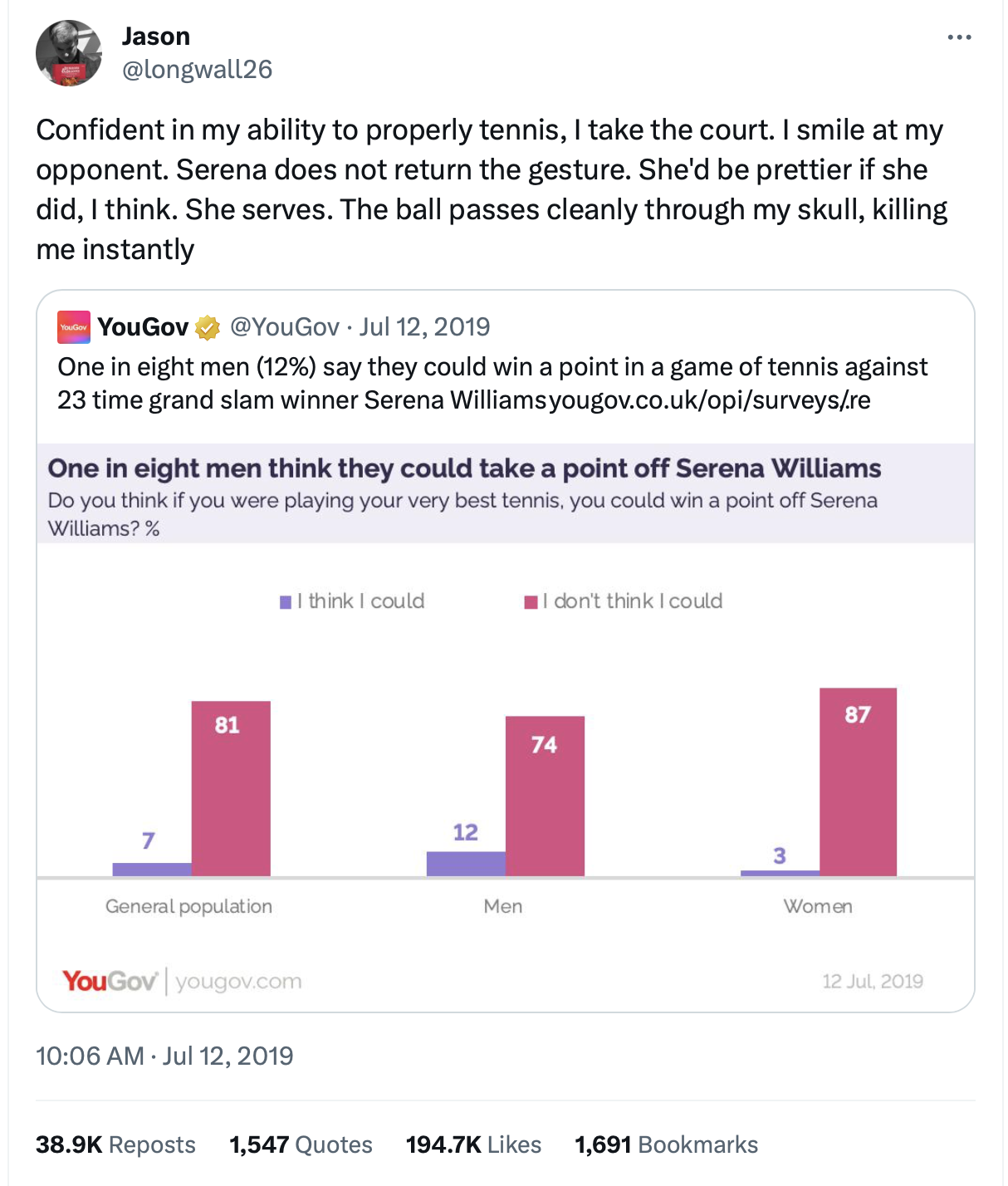It’s a popular science book! We’ve got some overviews of lots of technologies, presented from a very fun conceit—this is the repair manual for a time machine, which opens with “step 1: accept that the time machine cannot be repaired. step 2: rebuild civilization from scratch.” The tone throughout is educational, though written by an under-paid employee of the time machine rental company, with just enough “for which Chronotix cannot be held legally liable”s thrown in to really hit that “this is a corporate material” vibe.
And here’s the thing: it works super well. It’s answering an exact thought I have had many times: if I had a time machine, exactly how well would I do at surviving and then improving the past? The answer was, of course, “not great.” After reading the book, I’d say it has improved somewhat… but really, I’d want to keep the book with me. Preferably a few copies. Laminated. Maybe a set of the printing plates, too, since they’re tougher than paper. Belt and braces, over here.
So, all in all, I absolutely loved this book. It set out to do a specific thing, and did it incredibly well. Check it out.1
- This is a Bookshop affiliate link – if you buy it from here, I get a little bit of commission. It won’t hurt my feelings if you buy it elsewhere; honestly, I’d rather you check it out from your local library, or go to a local book store. I use Bookshop affiliate links instead of Amazon because they distribute a significant chunk of their profits to small, local book stores. ↩
